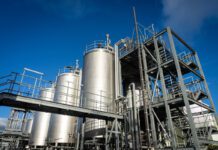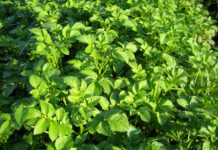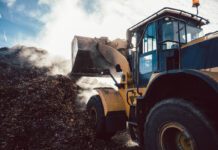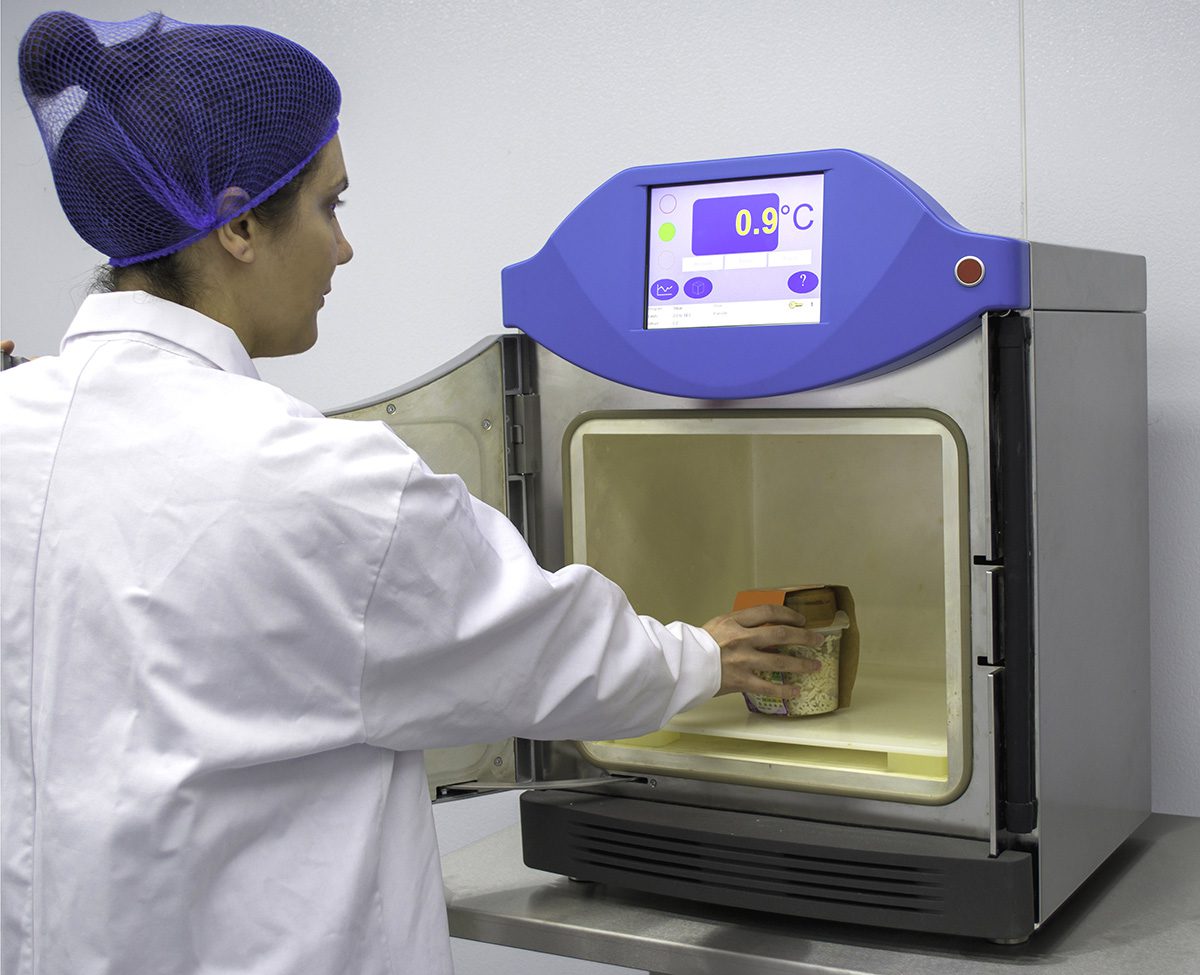
Food waste reduction is a key objective for consumers, businesses and governments seeking to save money, improve food production efficiency, lower greenhouse gas emissions, reduce packaging waste and protect the environment. Such issues have enjoyed a high profile in recent years but in the following article Dr Abdel Ezbiri from the technology company Cerulean will discuss the waste that results from the temperature testing of fresh and chilled foods, and outline the success that some food processors have achieved in adopting non-destructive testing (NDT) technology.
Background
Under food hygiene regulations, the safety of a wide variety of foods is dependent upon the maintenance of correct temperature conditions in compliance with the principles of Hazard Analysis and Critical Control Point (HACCP). Generally, temperature is the main factor affecting the prevention of microbial food spoilage. In addition to temperature and storage time, the speed and extent of spoilage is affected by the type of food product, its composition, methods used during processing, contamination during processing and the nature of packaging. Temperature testing therefore performs a vital role in the protection of consumers and in compliance with food hygiene regulations relating to sandwiches, snacks, ready meals, prepared foods, and both chilled and frozen foods.
Temperature testing techniques
Traditional methods involve the insertion of a metal probe into the food product in order to determine the temperature of the food; usually at the probe’s tip. In order to check the temperature of a food product, the probe is inserted so that the tip is in the centre of the food (or the thickest part) and left in place until the reading stabilises. After the reading is taken, the probe must be thoroughly cleaned and disinfected to avoid cross-contamination between samples.
Crucially, if the food sample is affected by the testing process (for example, if the packaging seal has been broken) it is no longer suitable for consumption and must be discarded.
There are two main types of non-destructive testing methods – remote infrared cameras and microwave thermometry. Infrared cameras are able to accurately measure the surface temperature of objects remotely. Their advantages are that they are non-destructive and fast, but their main disadvantage is that they measure the surface temperature, which is not necessarily the true temperature of the food, especially if the sample is within packaging.
Instruments that employ microwave thermometry have the major advantage of testing the whole product, producing an average temperature for the entire sample, quickly and accurately. Cerulean is the only manufacturer of commercially available instruments employing this technique for food testing, and the feedback from users of this equipment (Celsius range) is provided in the case studies below. New versions of this technology are being developed to improve efficiency and reduce payback periods even further.
Waste from invasive temperature testing
The amount of waste resulting from invasive temperature testing depends on a number of factors. Firstly, the volume of food products being tested will vary according to the type of food and the individual process. Operators will need to be able to demonstrate that the frequency of testing is appropriate and that the samples being tested are representative of a batch. Consequently, the proportion of food going to waste following temperature testing varies considerably between different processing plants.
Once a tested food product is discarded it can be dealt with in a number of ways. It may go to landfill or incineration, or the food may be manually separated from its packaging and used as animal feed or in the generation of energy by anaerobic digestion. However, all options are detrimental from both financial and environmental perspectives, so many food producers are now moving to NDT methods.
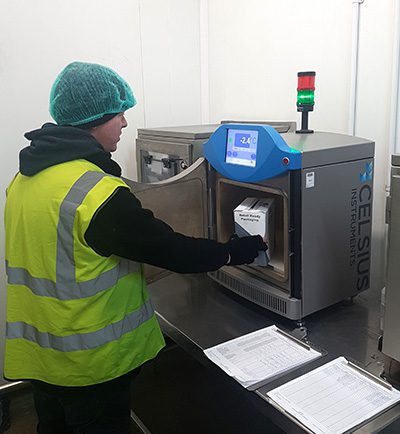
Case study: Labeyrie Fine Foods
Labeyrie Fine Foods produces a range of products for some of the largest supermarkets in the UK. The company began NDT food testing with a Celsius in early 2017 and now tests a wide range of products, including raw, hot smoked and smoked salmon in a range of forms from fillets to sliced and flaked products. Technical & Quality Systems Auditor Stephen Bradbury says: “This technology enables us to ensure that all chilled products are between zero and four degrees centigrade, quickly analysing the temperature of any given product to ensure that the correct controls are in place.”
Staff at the company’s site at Duns in the Scottish Borders regularly conduct around 50 tests each day. During peak times this can increase to 70 tests per day. Before 2017, the temperature probe method was employed at the site which meant that an extra packet had to be created for each destructive test. There were also occasions when additional checks were required, which led to further packs being tested and then wasted. Following delivery of the NDT machine, the tests for both methods were run in tandem for a month to check the performance of the Celsius, but thereafter all tests have been undertaken by the faster non-destructive method.
The Celsius was purchased for both commercial and environmental reasons. Stephen says: “It helps us guarantee that the entire product within the outer case is at the correct temperature before it is sent to the customer, and as a non-destructive method it enables us to test as many product cases as required.
“From an environmental perspective, the machine helps us to achieve fish and packaging waste reduction every day.”
Stephen has calculated that the company is completing an average of 47 daily checks using the Celsius machine. “This equates to a waste prevention rate of 282 packs per week including 8.4 kg of packaging every week. Annually, this represents 14,664 packs and 437 kg of waste packaging saved.
“Financially, this means there is a product saving of around £564 per week plus a packaging cost saving of £50.76 per week, which delivers a total average annual saving of £31,967, before the added cost of waste removal.”
Concluding Stephen says: “There is a calibration cost of £1,000 per year and the machine cost £30,000 to purchase. However, the average savings made in year one have covered the cost and we have reduced the average packaging waste by 437 kg annually and food waste by 1,672 kg. We therefore believe that the machine is both economically and environmentally the right choice for Labeyrie.”
Case study: Joubere
Joubere is a manufacturer of chilled and ambient foods for the retail and food service sectors. The company’s products include stocks, gravies, soups and porridge, which have been tested non-destructively since the purchase of a Celsius machine in late 2017.
Many of the company’s products are sold in pots so the previous probe test method resulted in the wastage of between 2 and 3% of production. Joubere produces around 25 tonnes of food products per day, so this waste represented around 750 kg of food and containers per day. As a result, the payback for the cost of the machine was less than 2 months.
Joubere’s Andy Milne says: “The non-destructive method is faster than the older probe method because we do not have to wait for the probe to equilibrate, but with the dramatic cost and waste savings that we are making, the advantages of this method are clear.”
Summary
Commenting on behalf of WRAP (Waste and Resources Action Programme, www.wrap.org.uk), Andrew Parry, Special Advisor Food & Drink, says: “WRAP estimates that food worth £1.4 billion ends up as waste from UK manufacturers each year. Together with the IGD we launched the ‘Food Waste Reduction Roadmap’ last year, to encourage more businesses to Target, Measure and Act on food waste – with the aim of helping the UK achieve Sustainable Development Goal 12.3. NDT appears to have the potential to be a significant part of the ‘toolkit’ manufacturers will need to deliver the challenging food waste reduction targets.”
The greatest opportunity in food waste reduction is to find ways for consumers to throw away less waste, but with a fast payback, investment in NDT temperature testing offers an opportunity for the food production and processing industry to avoid the needless waste of food when it is tested.



